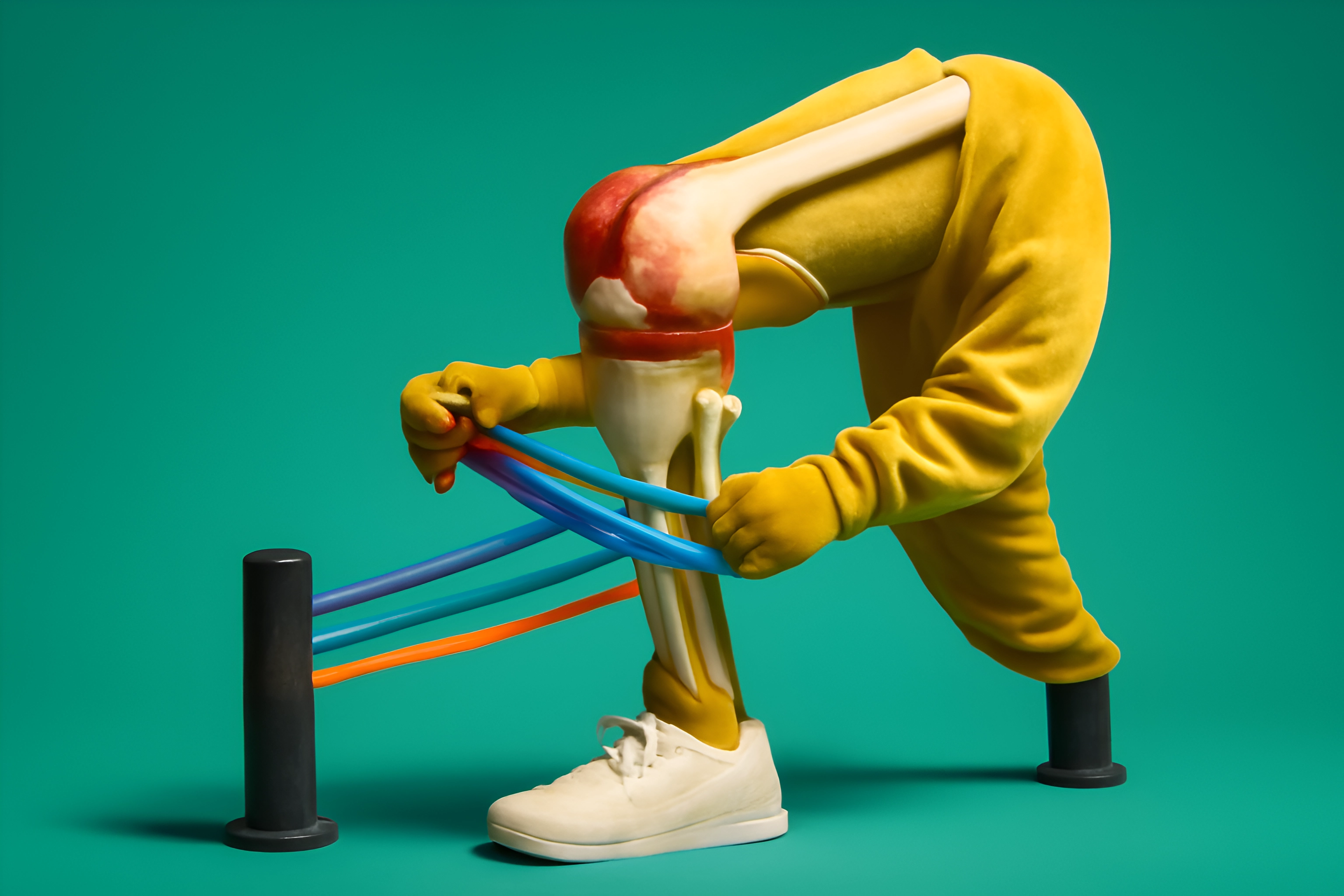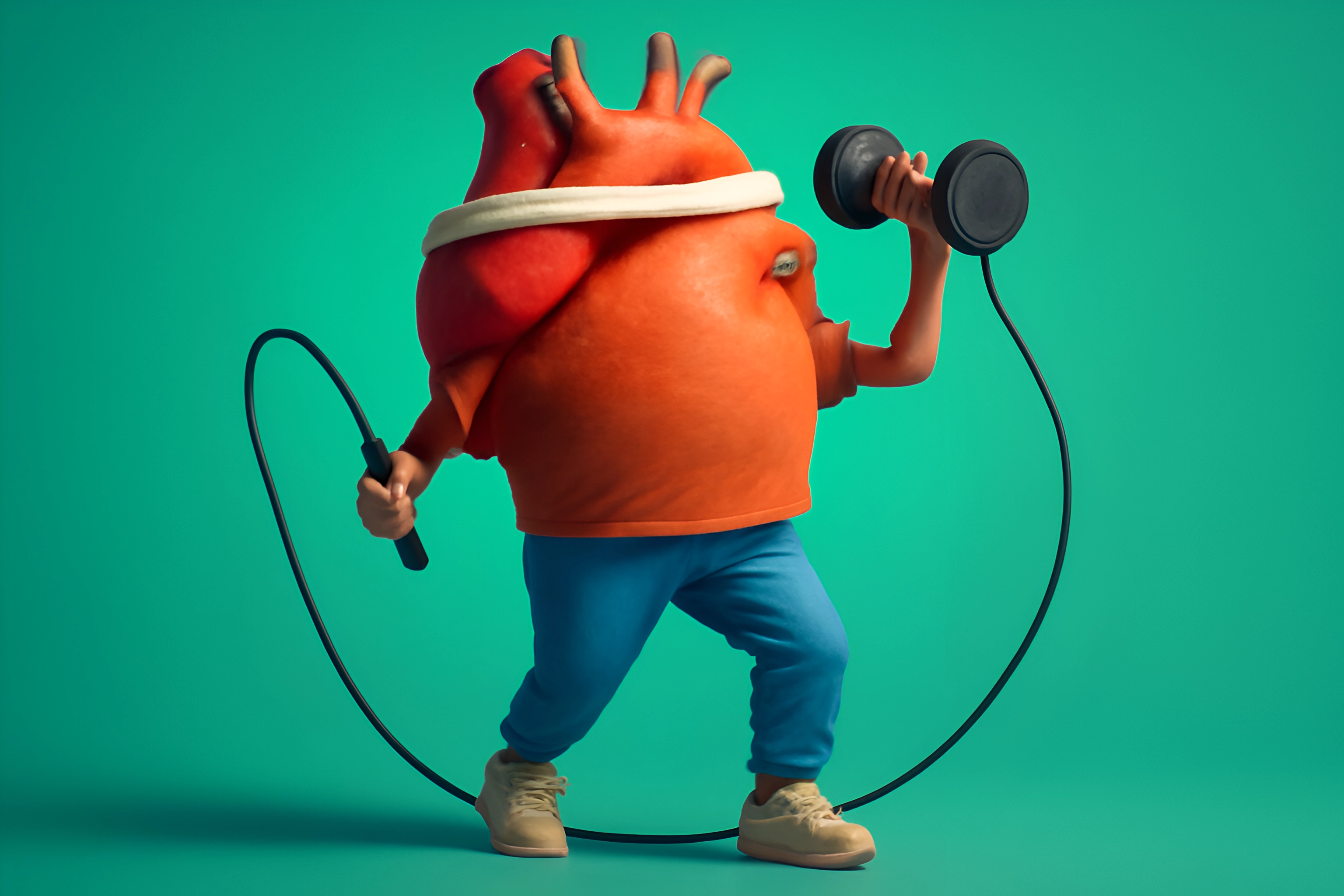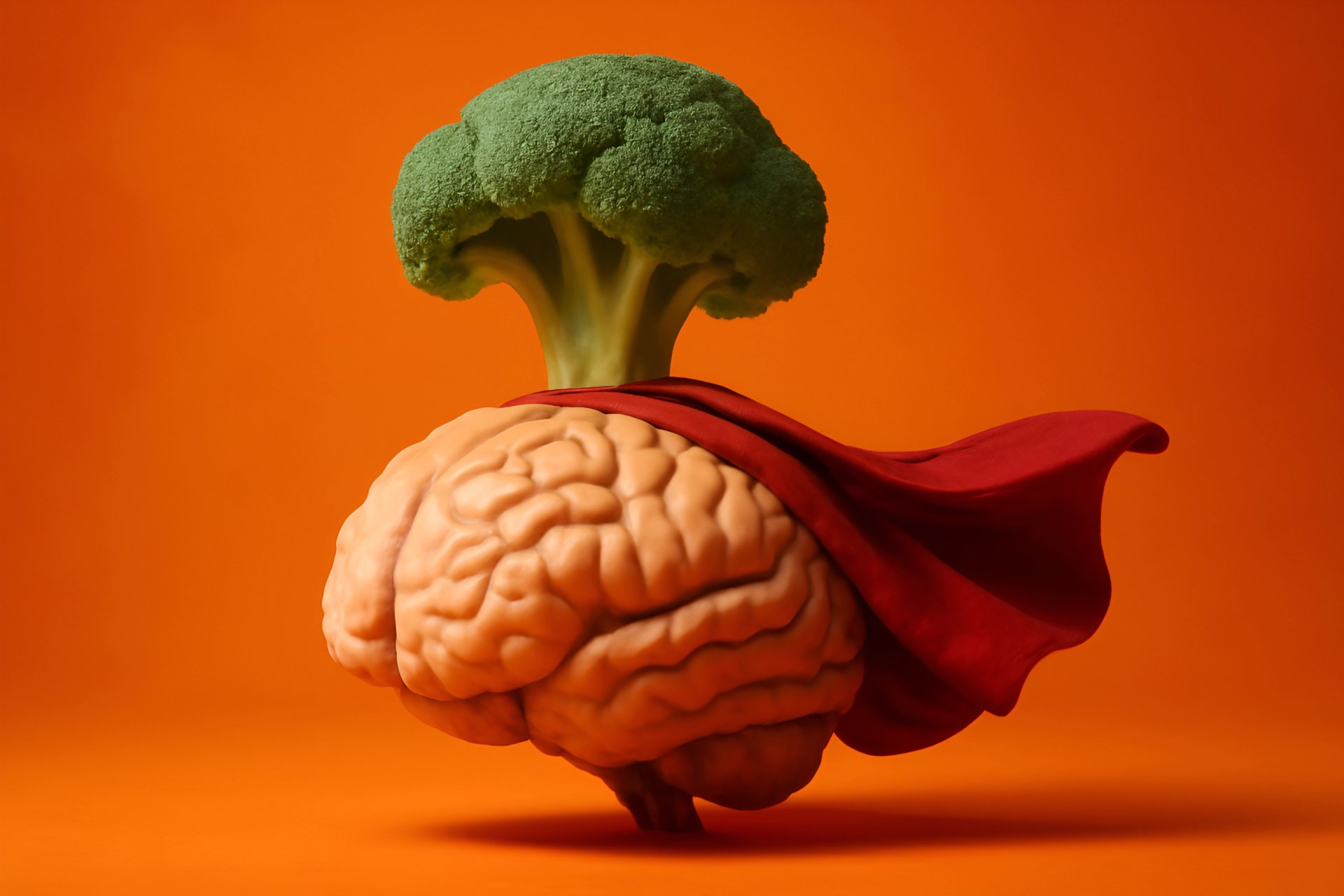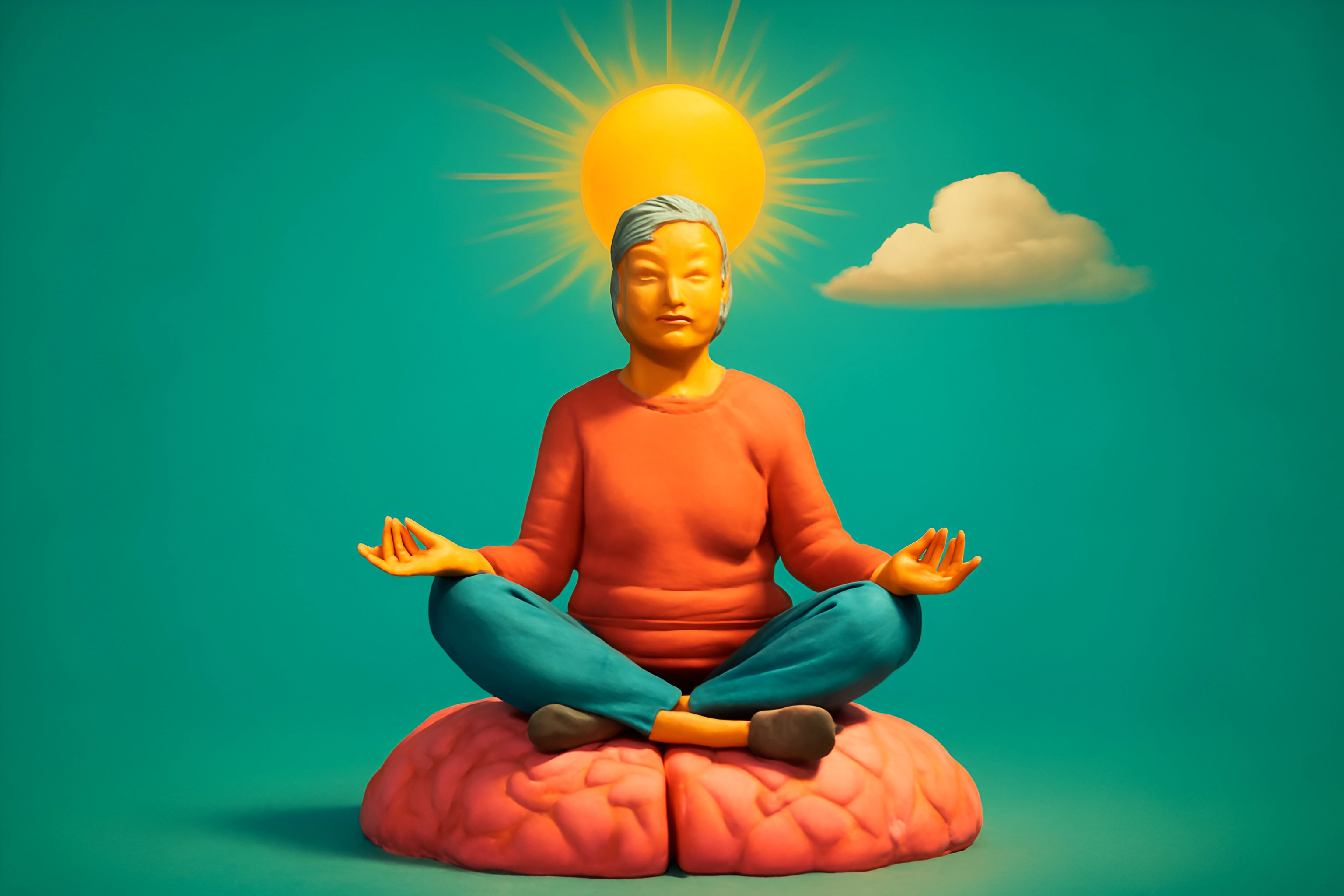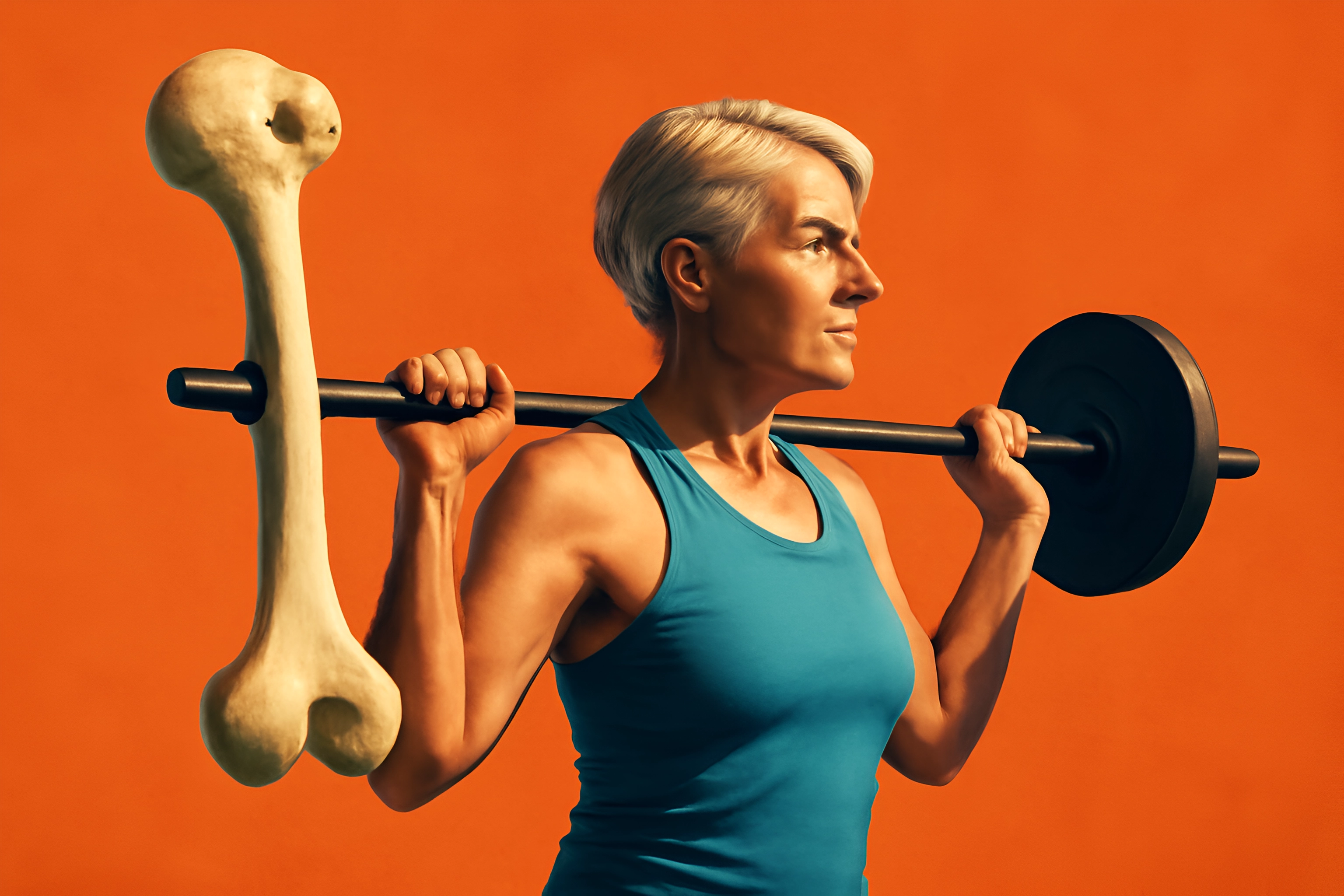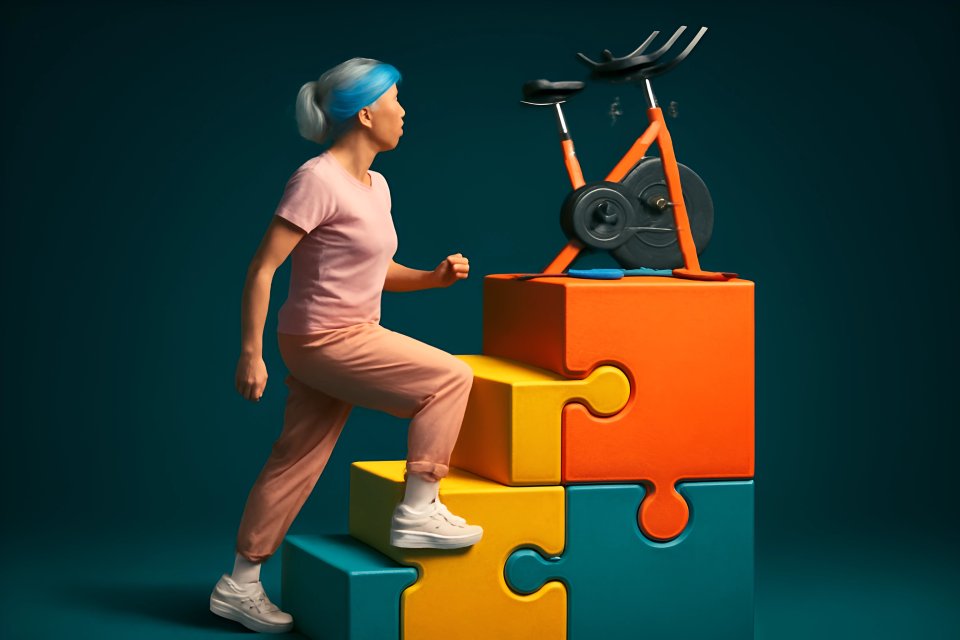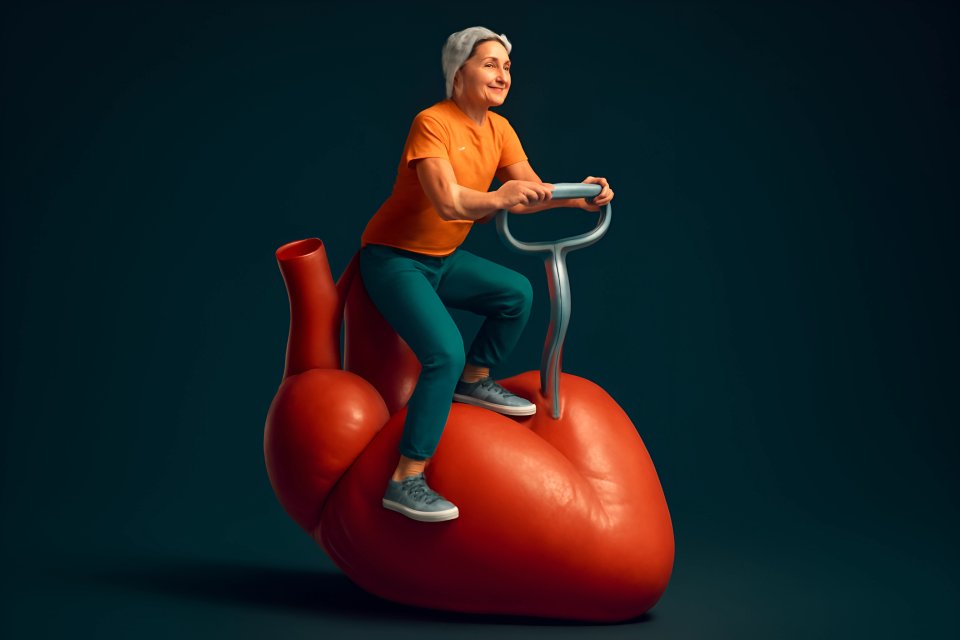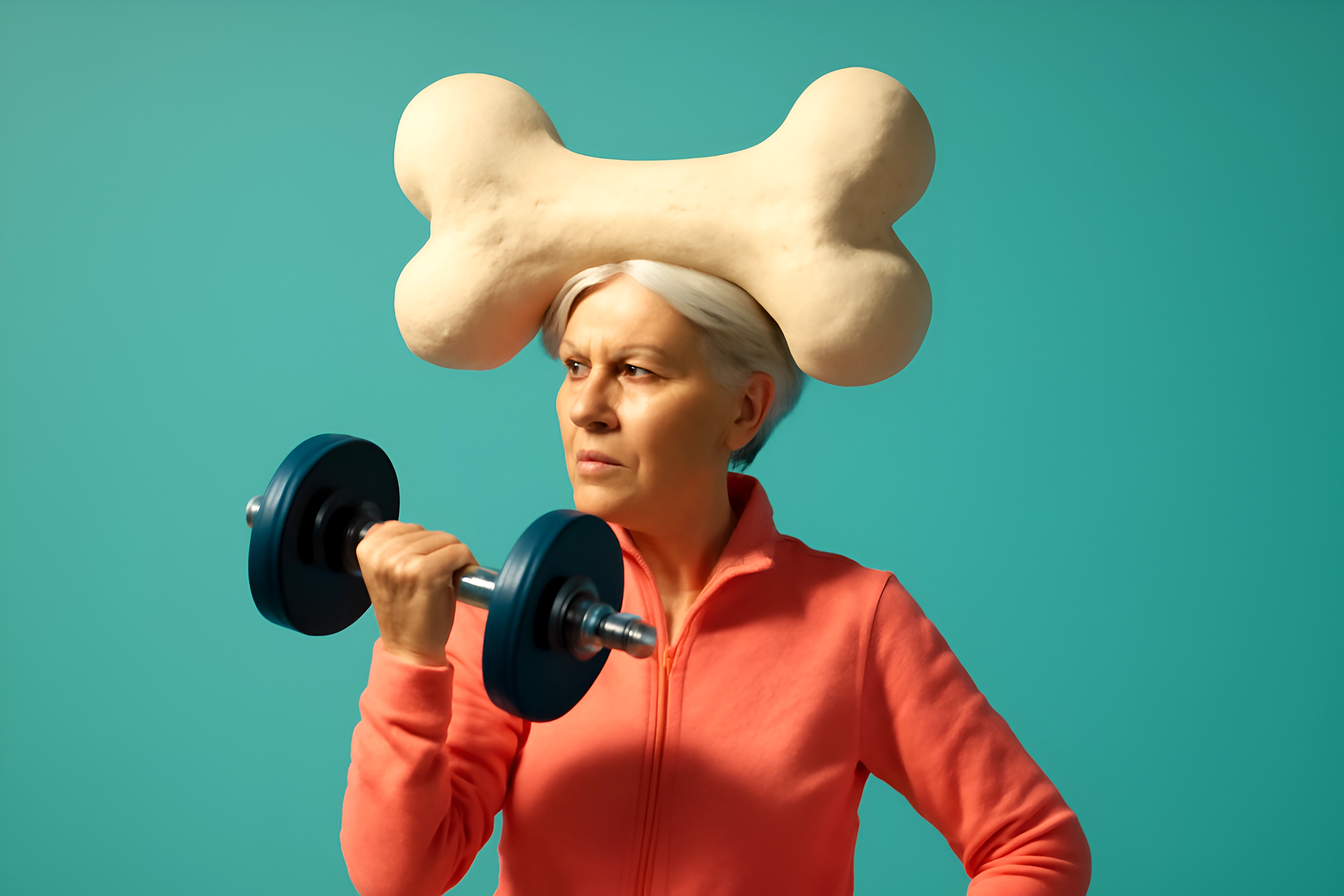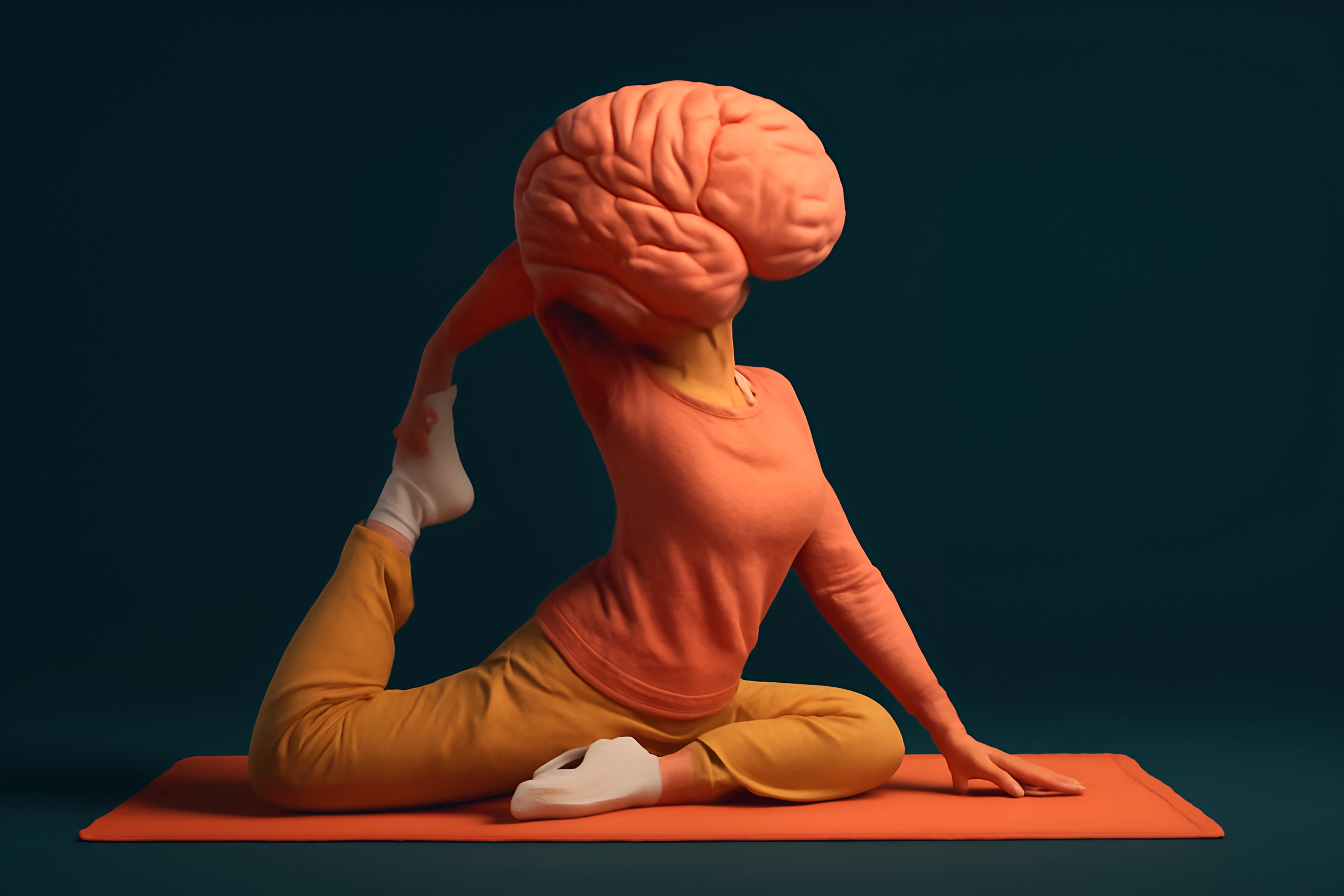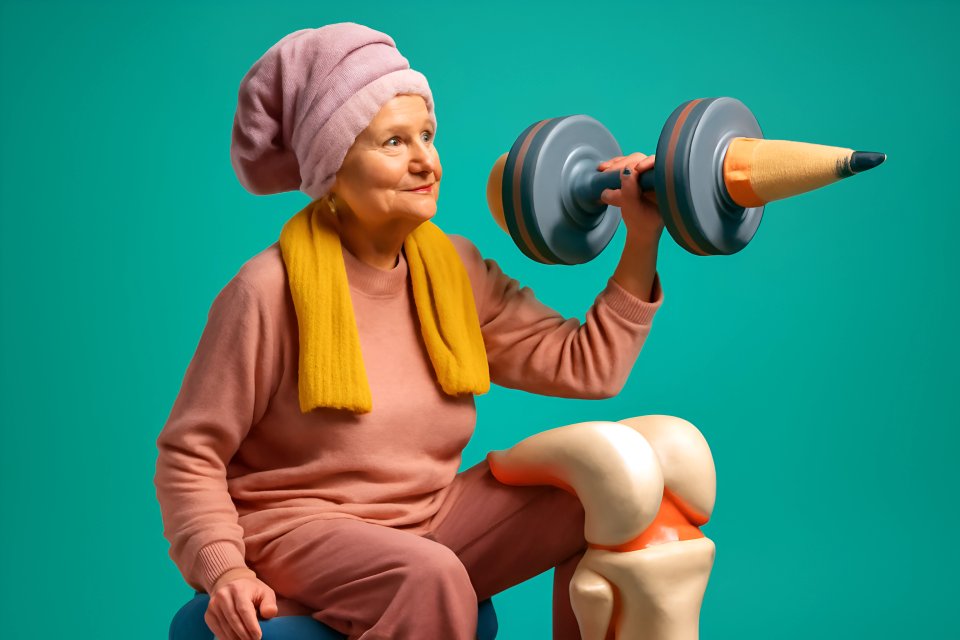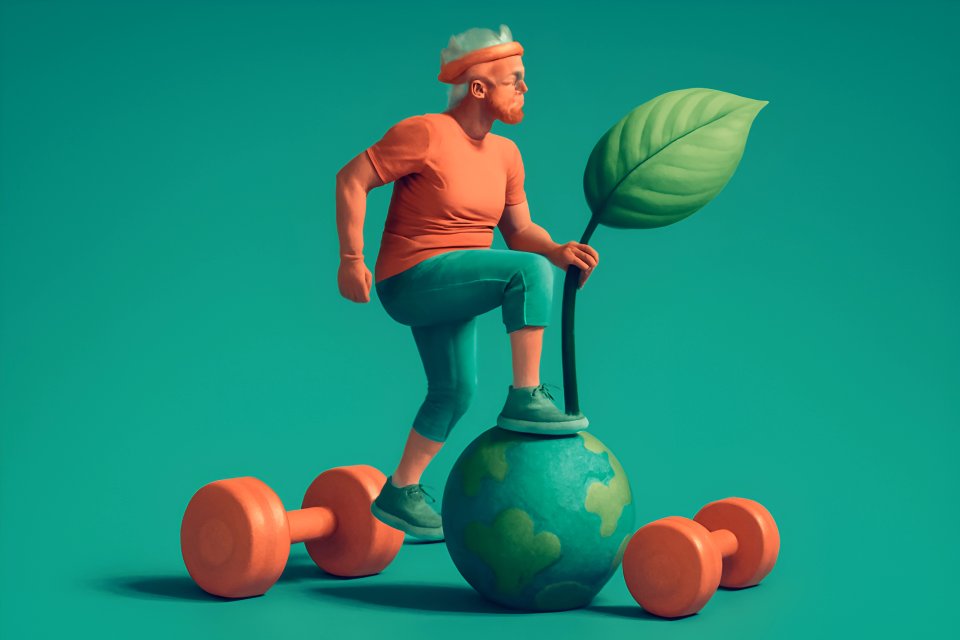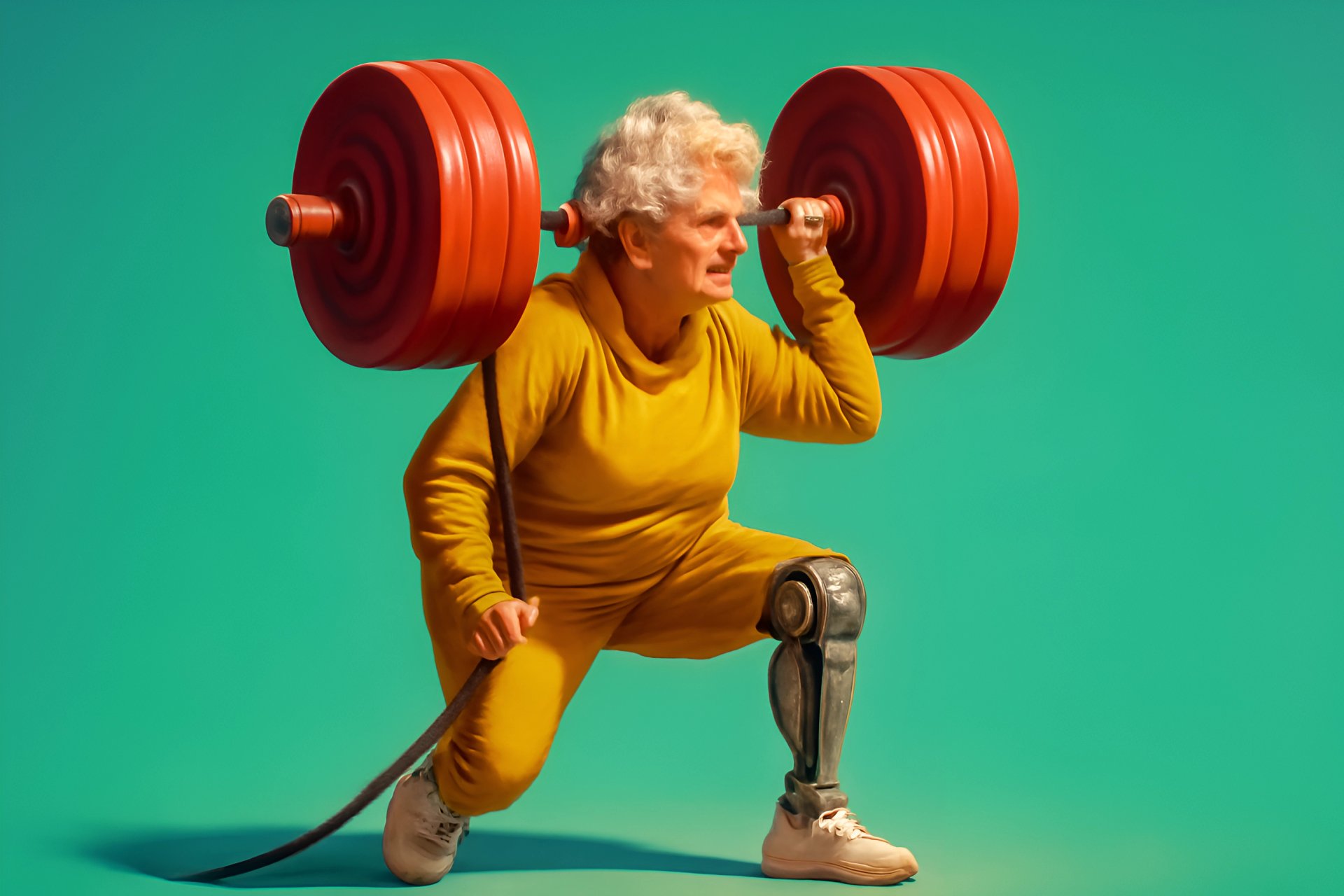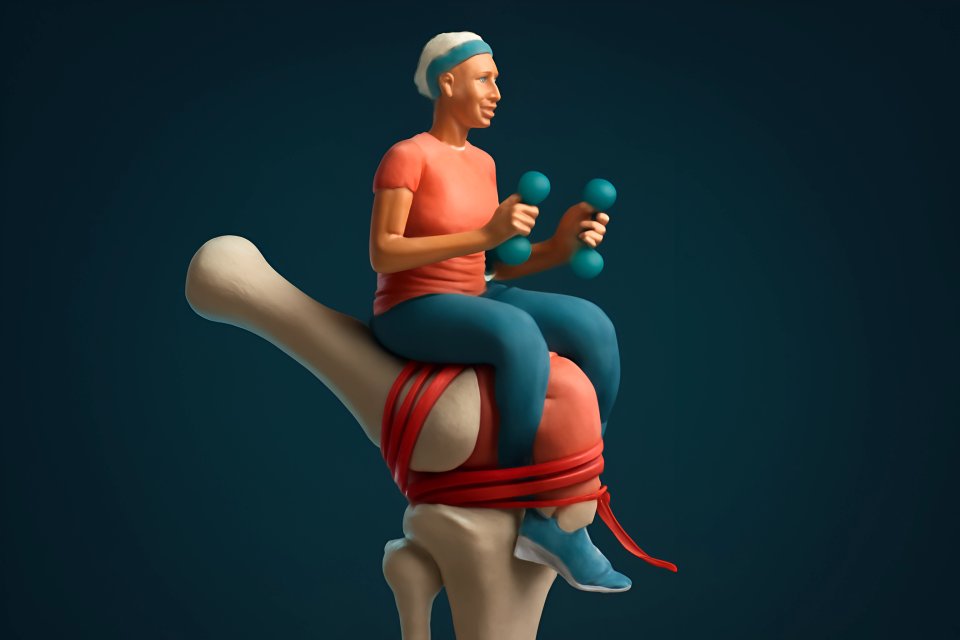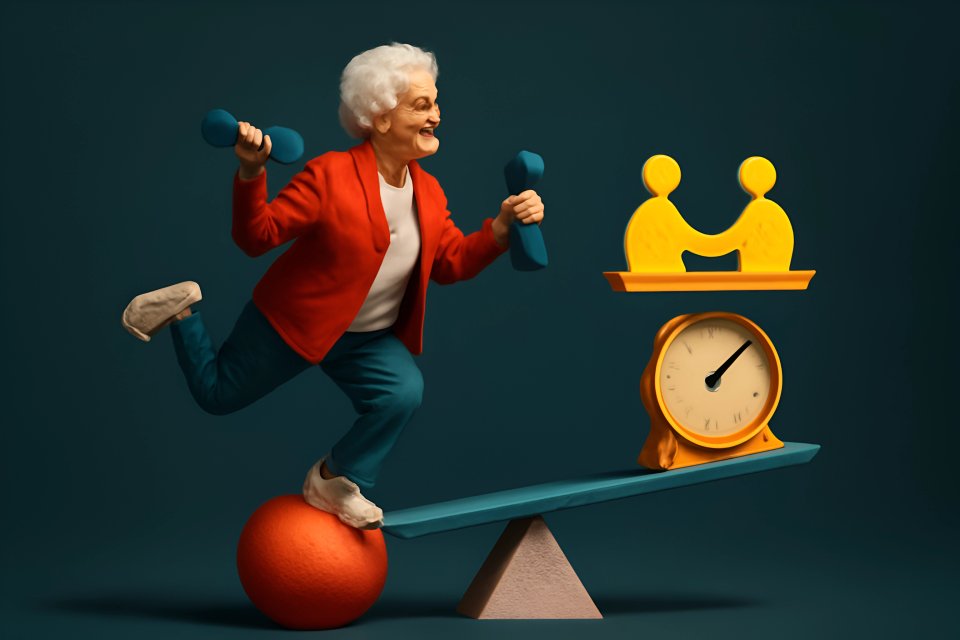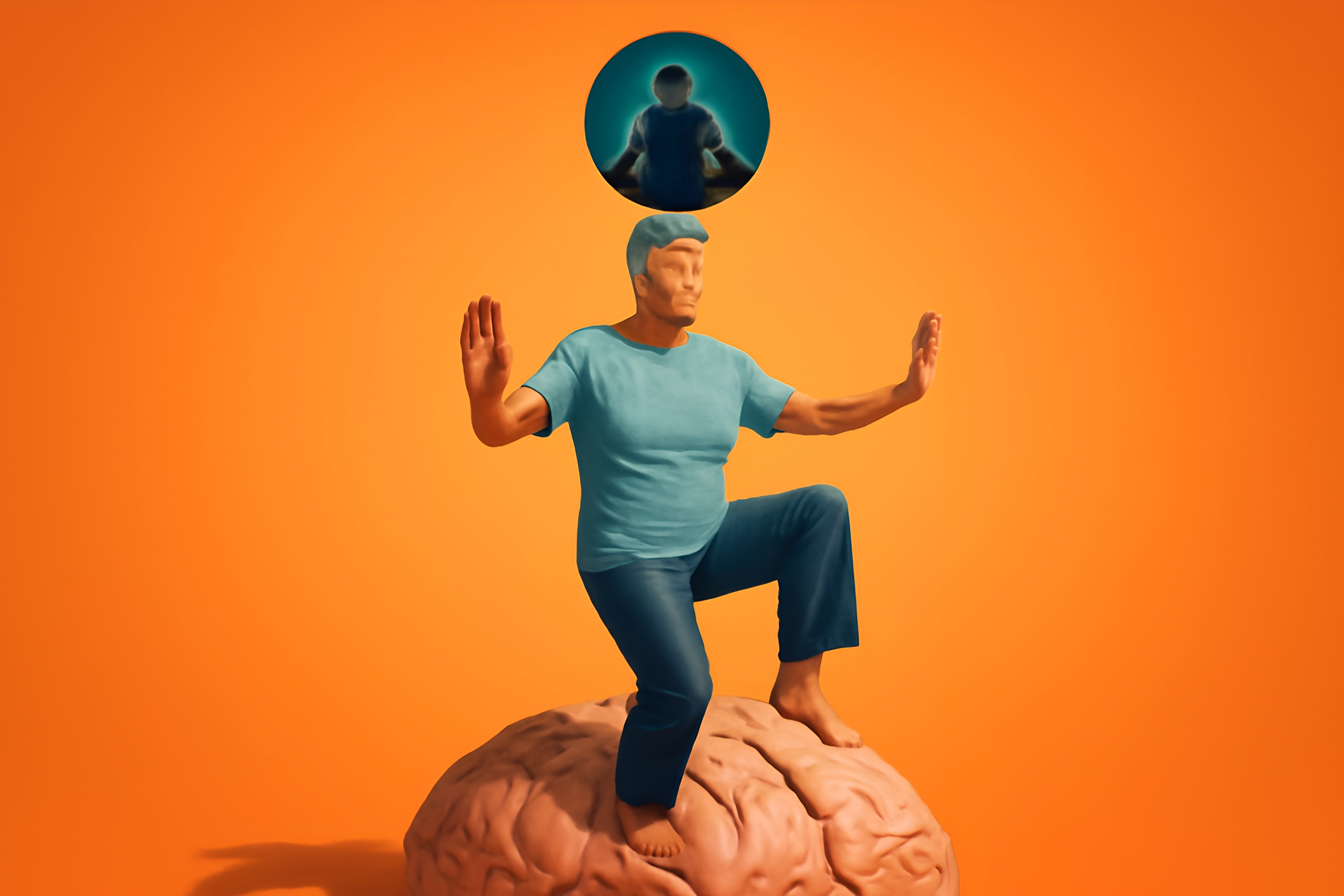
The phone buzzes again. Another email from the office, a reminder about your parents' doctor appointment, a text from your youngest who’s away at college. The pressure mounts, a familiar weight settling in your shoulders. Your 50s, they said, would be a time to slow down. Instead, it feels like a relentless acceleration, a decade where the demands of your career, your family, and your own changing body converge into a constant, low-grade hum of stress.
This isn't the fleeting anxiety of your youth. This is different. It’s a deep, cumulative tension that seeps into your bones, clouds your focus, and steals your joy. You’ve earned this time, this chapter of your life. But how can you possibly enjoy it when your mind is always racing, and your body feels wound tight?
What if the answer wasn't another complicated system, another demanding schedule, or another pill? What if the solution was simpler, gentler, and far more powerful? Imagine reclaiming your calm, not by fighting the stress, but by flowing with it. This is the promise of a profound partnership: the stillness of Mindful Meditation and the gentle movement of Tai Chi. In this guide, we’ll explore how these two ancient practices create a synergy perfectly suited to navigating the challenges and opportunities of life after 50.
The Two Pillars of Inner Peace: A Closer Look
What is Mindful Meditation? The Art of Being Present
Forget the idea that you need to empty your mind completely. That’s a myth that stops most people before they even start. Mindful meditation is simply the practice of paying attention to the present moment, on purpose, without judgment. It’s about noticing your breath, feeling the chair beneath you, and acknowledging thoughts as they drift by like clouds in the sky, rather than getting swept up in the storm.
For those of us navigating our 50s, the benefits are not just profound; they are essential. This is one of the most effective mindful aging techniques for building mental resilience against life’s inevitable storms. By focusing the mind, you can learn to manage emotional responses, improve your memory, and even lower your blood pressure. It’s a direct path to taking back control from the chaos.
Think of it as strength training for your brain. Each time you gently guide your wandering mind back to your breath, you are building a muscle of focus and calm. For a deeper dive into specific practices, you can explore various mindfulness and meditation techniques for stress relief over 50 that can be tailored to your needs. This simple act of being present is your first step toward a more centered, peaceful existence.
What is Tai Chi? Meditation in Motion
Now, imagine taking that inner stillness and setting it into motion. That is the essence of Tai Chi. Often described as meditation in motion, it is an ancient Chinese practice that combines slow, deliberate movements, deep breathing, and mental concentration into a graceful, flowing form. It’s an exercise that nourishes the body and quiets the mind simultaneously.
The physical benefits for our age group are simply undeniable. A comprehensive 2021 review found high-quality evidence that Tai Chi reduces falls in older adults, a critical factor for maintaining independence and confidence. Its gentle, low-impact nature makes it perfect for those with stiff joints or arthritis, improving flexibility and muscle strength without the strain of conventional exercise. This is the ideal form of tai chi meditation for seniors seeking a holistic practice.
But the magic of Tai Chi lies in its mind-body connection. A groundbreaking 2024 meta-analysis revealed that Tai Chi significantly reduces symptoms of anxiety and depression in older adults. As you focus on the slow, precise movements, the mental chatter fades away, replaced by a profound sense of calm and physical release. It’s a powerful way to address the stress that we so often hold as physical tension in our bodies.
The Synergy: Why These Two Practices are Better Together
The Perfect Mind-Body Partnership
So, why not just pick one? Because combining mindful meditation and Tai Chi creates a powerful synergy that is far greater than the sum of its parts. Think of it this way: meditation trains your mind for stillness, while Tai Chi teaches your body to move with that same mindful awareness. One is the anchor, the other is the flow. They are two sides of the same coin, working together to create a state of balanced well-being.
This combination allows you to tackle stress from two critical angles. The seated meditation practice directly addresses the racing thoughts, the worries, and the mental fatigue that plague us. Then, the Tai Chi practice takes that newfound mental calm and uses it to release the physical tension stored in your muscles and joints—the stiff neck, the tight shoulders, the aching back. It’s a complete system for unwinding the mind and the body.
This is one of the most effective stress relief practices over 50 because it is both adaptable and holistic. Research consistently shows that Tai Chi promotes both physiological and psychosocial health, improving everything from blood pressure to self-esteem. When you pair that with the focused mental training of meditation, you create a resilient foundation for navigating whatever life throws your way. For a broader look at how these elements fit into a complete wellness plan, consider these integrative approaches for stress-free living.
Your First Combined Practice: A 20-Minute Routine for Beginners
Getting Started: Simple Steps for Your First Session
Ready to feel the difference for yourself? This gentle, 20-minute routine requires no special equipment and no prior experience. All you need is a quiet space and a willingness to give yourself this gift of calm.
Step 1: The Opening - Mindful Breathing (5 Minutes)
- Find a comfortable seated position on a chair or cushion, with your back straight but not stiff.
- Gently close your eyes and place your hands on your lap.
- Bring your full attention to the sensation of your breath. Notice the cool air entering your nostrils and the warm air leaving.
- Your mind will wander. When it does, simply acknowledge the thought without judgment and gently guide your focus back to your breath. This is the core of the practice.
Step 2: The Flow - Foundational Tai Chi Movements (10 Minutes)
Now, stand up with your feet shoulder-width apart and your knees slightly bent. We’ll introduce the idea of two simple movements. We highly recommend searching for a beginner’s video of "Parting the Wild Horse's Mane" and "Wave Hands Like Clouds" to see them in action.
- Parting the Wild Horse's Mane: This movement involves shifting your weight from one leg to the other while your arms make a gentle, circular motion as if holding a large ball and then opening them wide. Focus on the smooth, continuous flow and the feeling of shifting your center of gravity.
- Wave Hands Like Clouds: This involves slowly turning your waist while your arms move in front of you, one rising as the other falls, like passing clouds. The key is to let the movement originate from your core, not just your arms.
The goal here is not perfection. It is mindful movement. Feel the air on your skin, the connection of your feet to the floor, and the gentle rhythm of your body. This is a cornerstone of building a sustainable low-impact exercise routine over 50.
Step 3: The Closing - Body Scan Meditation (5 Minutes)
Return to your comfortable seated position and close your eyes once more. Bring your attention to the soles of your feet. Simply notice any sensations—warmth, tingling, pressure—without needing to change anything.
Slowly, guide your awareness up through your body: your ankles, your calves, your knees, and so on, all the way to the crown of your head. This body scan helps integrate the experience, connecting your mind to the new sense of relaxation and energy you’ve cultivated through movement. It’s a perfect way to close your practice and carry that feeling of peace into the rest of your day.
Making It a Habit: Weaving Calm into Your Daily Life
Practical Tips for Daily Integration
A single session can bring relief, but a consistent habit can bring transformation. The key is to weave these practices into the fabric of your life in a way that feels natural, not forced. Remember, this is about self-care, not performance.
Start your day with this 20-minute routine to set a tone of intention and calm before the world’s demands rush in. This morning anchor can fundamentally change how you react to stress throughout the day. On days when 20 minutes feels impossible, don’t just skip it. Do a five-minute midday reset with a few Tai Chi movements to break up a long period of sitting and clear your head.
Most importantly, listen to your body. The FitOverFifty philosophy is that consistency will always beat intensity. Some days you’ll have the energy for the full practice; other days, just five minutes of mindful breathing is a victory. As you grow more comfortable, you might consider finding a local or online Tai Chi class to deepen your practice and connect with a community of like-minded individuals. This journey is yours, and every small step you take is an investment in your long-term vitality and well-being.
Conclusion: Your Journey to a More Balanced You
The stress of your 50s is real, but it doesn’t have to be your reality. You hold the power to cultivate a deep and lasting sense of inner peace. By combining the stillness of mindful meditation with the gentle flow of Tai Chi, you create a holistic and accessible path to managing stress, improving your physical health, and enhancing your mental clarity. This isn't just an exercise routine; it's a profound act of self-investment.
Embracing these practices is a declaration that you are prioritizing your well-being, paving the way for a more vibrant, centered, and joyful second half of life. The journey begins not tomorrow, but with your very next breath. You have the tools. You have the power. Your more balanced you is waiting.
What is your go-to method for stress relief? Have you ever tried Tai Chi or meditation? Share your thoughts and experiences in the comments below!
For more tips on mindful aging and sustainable fitness, subscribe to the FitOverFifty newsletter.
